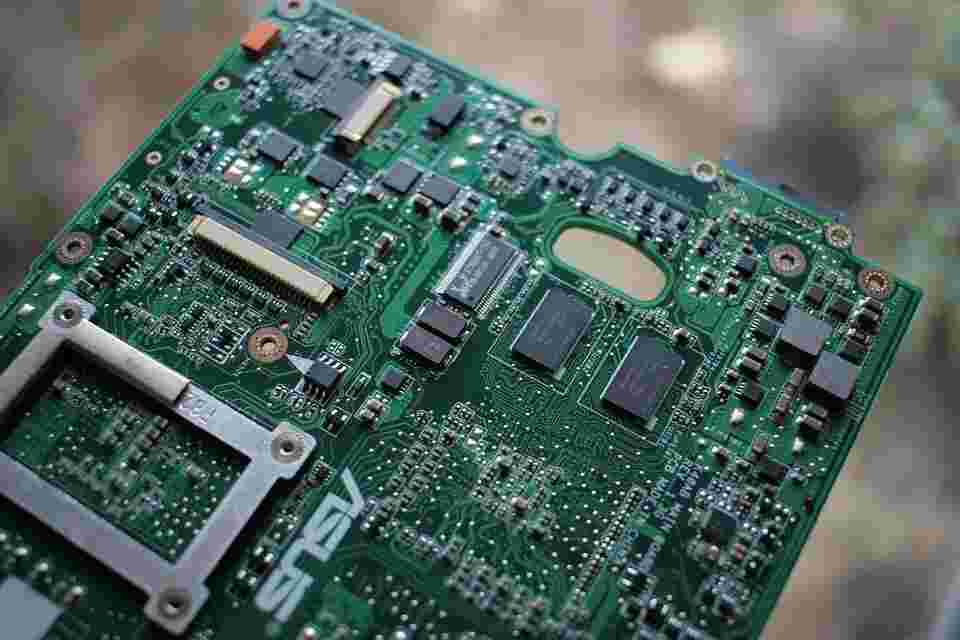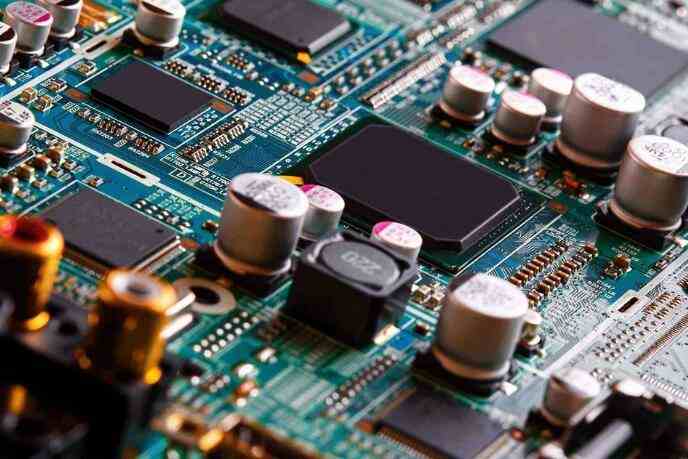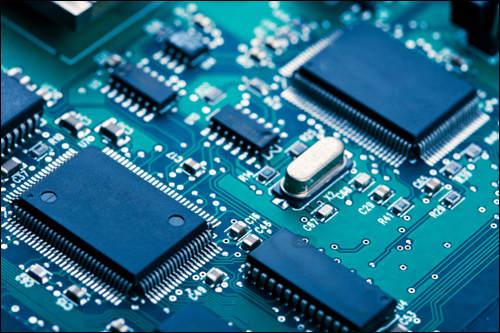
PCB board is the basic material of PCB, often called substrate. Copper Clad Laminate (Copper Clad Laminate, full name copper clad, CCL for short), is made of wood pulp paper or glass fiber cloth as reinforcement material, impregnated resin, single or double clad copper foil. Copper clad plate is the basic material of electronic industry, mainly used in the processing and manufacturing of printed circuit board (PCB), widely used in TV, radio, computer, computer, mobile phone, communication and other electronic products.
According to different classification standards, the classification is as follows
1: according to the mechanical stiffness of copper clad plate is divided into rigid copper clad plate and flexible copper clad plate;
2: according to the insulation materials and structure of the copper clad plate, it is divided into organic resin copper clad plate, metal copper clad plate, ceramic copper clad plate;
3: according to the flame retardant grade is divided into flame retardant plate and non-flame retardant plate: according to UL standard (UL94, UL746E, etc.), the flame retardant grade of rigid copper clad plate is divided into four different kinds of resistance combustion grade: UL-94V0; UL-94V1; Class UL-94V2 and Class UL-94HB.
4: according to the thickness of copper clad plate is divided into thick plate (plate thickness range 0.8~3.2mm (including Cu)), thin plate (plate thickness range is less than 0.78mm (excluding Cu));
5: copper clad foil plate can be divided into five categories according to the reinforcement material of the plate:
1: paper base; 2: glass fiber cloth base; 3: Composite base (CEM series); 4: laminated multilayer board base; 5: Special material base (ceramic, metal core base, etc.).
6: according to the resin adhesive used, it can be divided into:
1: Common paper based CCI include phenolic resin (XPc, XxxPC, FR-1, FR-2, etc.);
2: Epoxy resin (FE-3)
3: polyester resin
4: Other special resins (glass fiber cloth, nylon, non-woven fabric as auxiliary materials) :
(1) bismaleimide modified triazine resin (BT)
(2) Polyimide resin (PI)
(3) diphenyl ether resin (PPO)
(4) maleic anhydride imine - styrene resin (MS)
(5) polycyanate resin
(6) polyolefin resin
7: Copper clad plates are divided by TG class (Tg is an important item to measure and characterize the heat resistance of some glass fiber cloth copper clad plates (such as FR-4). For high reliability design, designers tend to choose high Tg plate), according to the grade level from bottom to high as follows:
FR-4A1 grade: This grade is mainly used in military, communications, computers, digital circuits, industrial instruments, automotive circuits and other electronic products.
FR-4A2 Grade: This grade is mainly used for common computers, instruments, advanced home appliances and general electronic products. The series copper clad plate is widely used, and the performance index can meet the needs of general industrial electronic products.
FR-4A3 Grade: This grade CCL is a FR-4 product developed and produced specifically for the home appliance industry, computer peripherals and general electronic products such as toys, calculators, game consoles, etc. Its characteristic is that the performance meets the requirements of the premise, the price is very competitive.
FR-4AB Grade: This grade is a unique low grade product. But the performance indicators can still meet the needs of ordinary household appliances, computers and general electronic products, its price is the most competitive, cost-effective is also quite good.
FR-4B grade: This grade plate is inferior plate, poor quality stability. Not applicable to large area circuit board products. Generally applicable to the size of 100mmX200mm products. It is the cheapest, but customers should choose to use it carefully.
Cim-3 Series: This product is available in three base colors, namely white, black and natural. Mainly used in computer, LED industry, watches, general household appliances and general electronic products (such as VCD, DVD, toys, game consoles, etc.). Its main feature is good blanking performance, suitable for large PCB products that need blanking process molding. This series of products have A1, A2, A3 three quality grades, available for different requirements of customers.

8. What are the factors that affect the price of PCB board?
The price of PCBS has been a puzzle for many buyers. Many people also ask how the prices are calculated when they order online. Here are the factors that affect PCB prices.
1. The different materials used in PCB lead to the diversity of prices.
For example, common double panels are generally FR4 (Sheng Yi, Kingboard, Guoji, three prices from top to bottom), board thickness from 0.2mm to 3.0mm, copper thickness from 0.5oz to 3oz, all of which lead to a large price difference in the board; In welding ink, ordinary thermosetting oil and photosensitive green oil also have a certain price difference.
2. Price differences caused by different surface treatment processes
Common are: OSP (antioxidant), lead spray tin, lead-free spray tin (environmental protection), gold plating, gold sinking, and some combination of processes, the price of the above process is more expensive.
3. Price difference caused by different difficulty of PCB itself
There are 1000 holes on each of the two circuit boards. The aperture of one board is greater than 0.2mm, and the aperture of the other board is less than 0.2mm, which will result in different drilling costs. For example, if two identical circuit boards have different wire widths and wire distances, one larger than 4mil and the other smaller than 4mil, the production costs will be different. Secondly, some designs do not follow the process of the ordinary plate is more expensive, such as half hole, buried blind hole, disc hole, press the keyplate printing carbon oil.
4. Different thickness of copper foil causes price differences
Common copper platinum thicknesses are: 18um (1/2OZ), 35um (1OZ), 70um (2OZ), 105um (3OZ), 140um (4OZ), etc., and the higher the thickness of copper foil, the more expensive.
5. Quality acceptance standards of customers
Commonly used are: IPC2, IPC3, enterprise standards, military standards, etc., the higher the standard, the higher the price.
6. Mold fee and test bench
(1) Mold fee. If the template and the drilling and milling contour used by the general plate factory in small batch are used, there will be no additional milling fee. In large batch, the die is needed to punch the plate, so there is a set of mold cost. The general price of plate factory is more than 1000 yuan.
(2) test fee: the prototype is generally used to fly needle test, plate factory generally charged 100-400 yuan test fee; Batch to open the test rack to test, test rack general plate factory quotation between 1000-1500 yuan
7. Price difference caused by different payment methods
The shorter the payment period, such as cash, the lower the price will be.
8. Order quantity/delivery date
(1) The less the quantity, the more expensive the price, because even if it is to make 1PCS, the plate factory needs to make engineering data and produce film, which process is necessary
(2) Delivery date: the data sent to the PCB factory should be complete (GERBER data, the number of layers of the board, the board, the thickness of the board, how to deal with surface treatment, ink color, character color and some special requirements should be written clearly).









